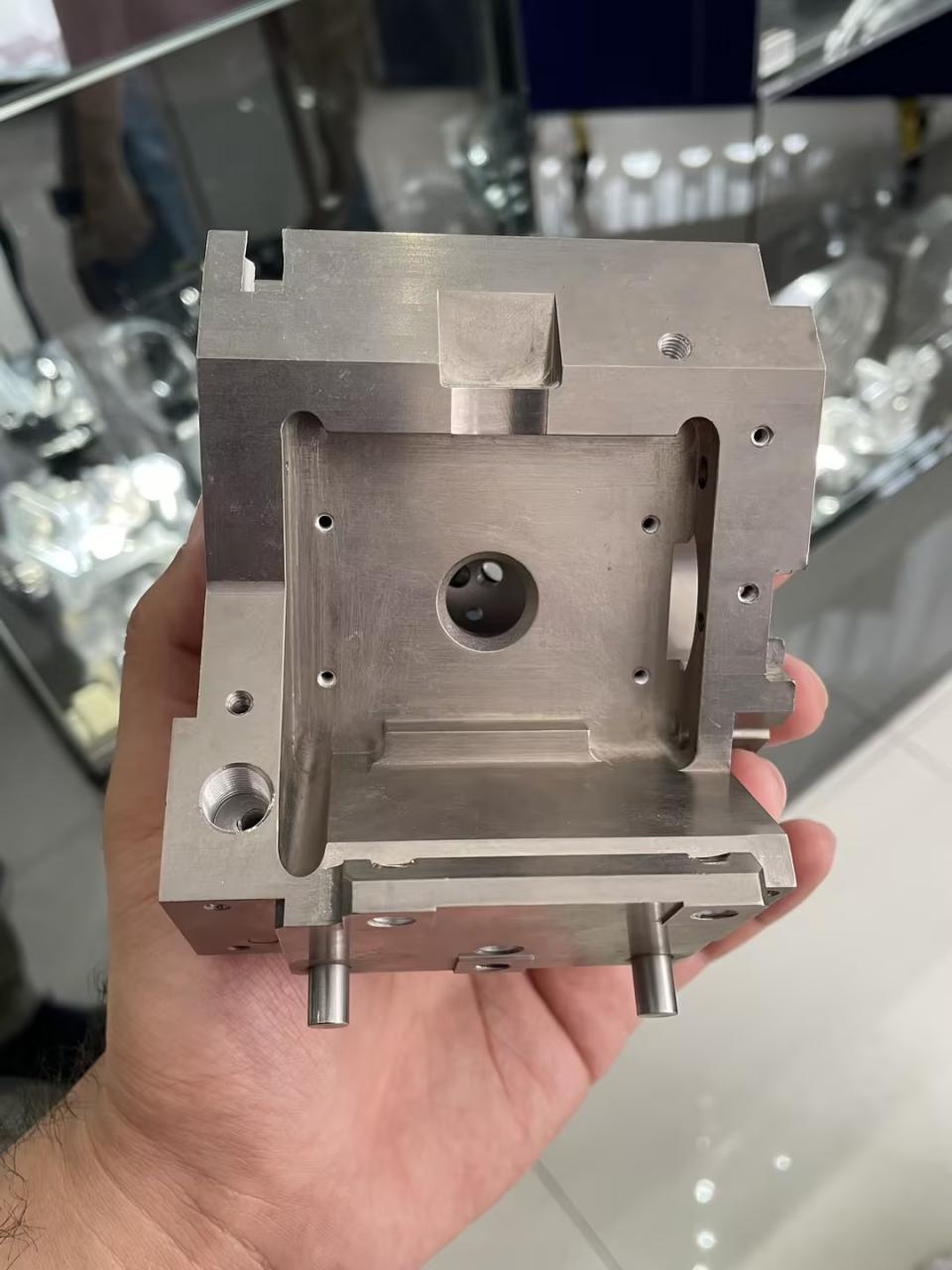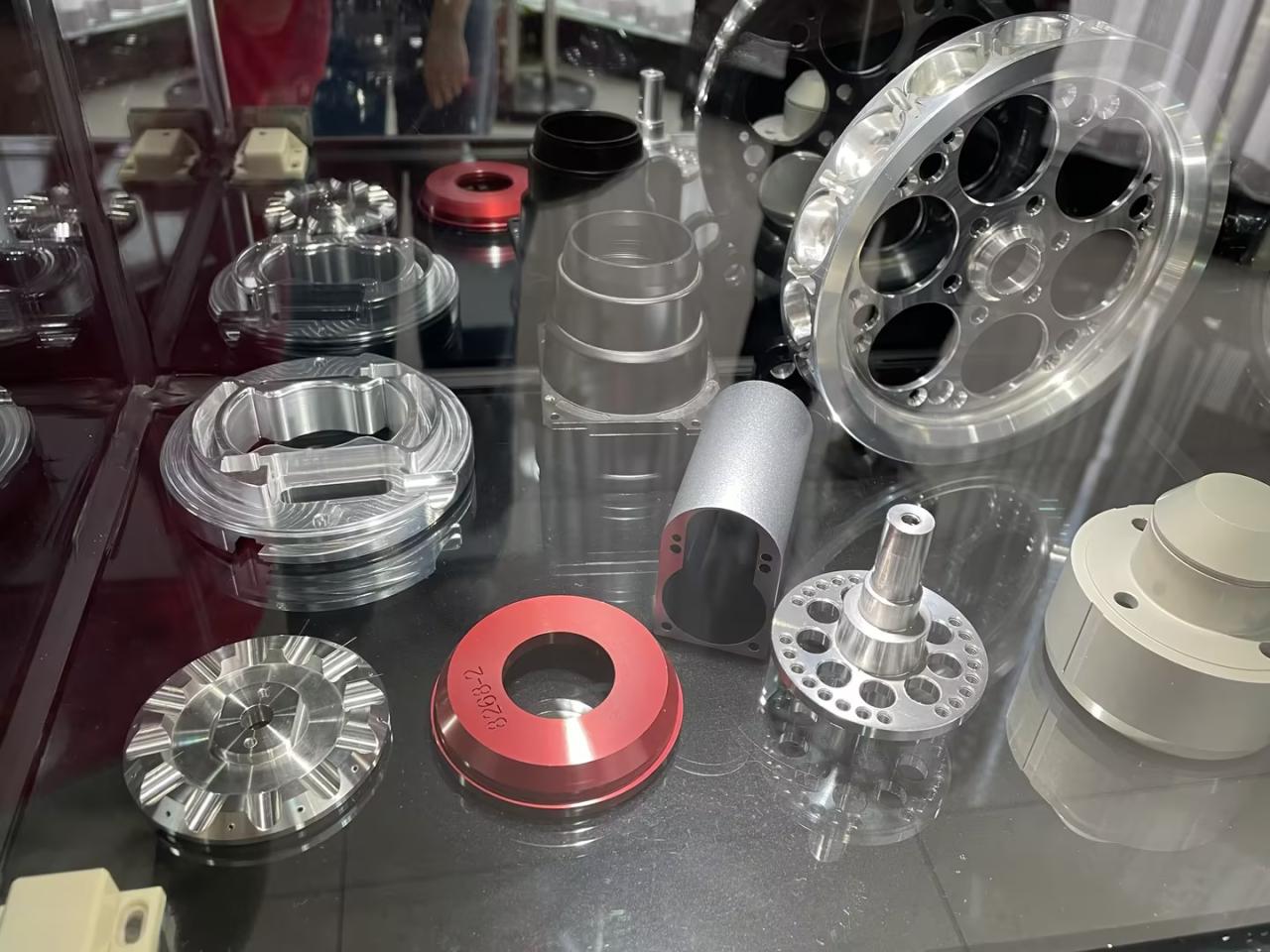What is the procedure for cleaning machine parts?
Cleaning of dismantled machine parts is an important part of the maintenance work. The cleaning method and the quality of the cleaning will have a major impact on the clarity of the part identification, the quality of the equipment repair, the cost of the repair and the service life. The cleaning process for machine parts consists of the following steps.
1. Degreasing:
Removal of oil on parts is often cleaned using organic solvents, alkaline solutions, chemical cleaning solutions, etc. Cleaning methods are scrubbing, soaking, spraying, gas phase cleaning, ultrasonic cleaning, etc.. Cleaning has manual cleaning and mechanical cleaning machinery and equipment maintenance in the common scrubbing method is to put the parts in a container with paraffin, light diesel oil or chemical cleaning agent, with cotton thread or brush scrubbing to remove the surface of the oil stains. The method is simple to operate and simple to equip, but not very efficient, and is suitable for small, medium and large parts on the working surface of a single batch of production. Generally speaking, petrol cannot be used as a cleaning agent because it has the property of dissolving grease, which can easily cause fire.
Spray cleaning is with a certain pressure and temperature of the cleaning fluid sprayed on the surface of the parts to remove oil, this method of cleaning effect is good, high productivity, but the equipment is complex, suitable for less complex shape, more oil on the surface of the parts cleaning.

Different materials of parts and different lubricating materials produced by the oil, should be selected with different cleaning agents. Cleaning of animal and vegetable oils can be done with alkaline solutions, because it is dissolved in water with the soap and glycerin produced by saponification of reducing solutions. However, alkaline solutions have different degrees of corrosiveness for different metals, especially aluminium. Therefore, different formulations should be used to clean different metal parts. Mineral oils are insoluble in alkaline solutions, so to clean material oils from the surface of parts, an emulsifier must be added so that the oil forms an emulsion and separates from the surface of the part. In order to speed up the oil removal process, measures such as heating, agitation, pressure spray cleaning and ultrasonic cleaning can be used.
2. Deoxidation treatment
When repairing mechanical equipment, the corrosive substances on the surface of the parts must be thoroughly removed, such as corrosion on the surface of steel parts, in order to ensure the quality of repair, according to the specific situation, at present, the main mechanical method, chemical method and electrochemical method are used to remove
(1) mechanical method of dust removal
The use of mechanical friction, cutting and other ways to remove the surface of the workpiece oxide layer. Commonly used methods are brushing, grinding, polishing sandblasting, etc. Oxidised surfaces can be repaired and polished in small batches or by hand. In large scale production or where available, strong polishing, grinding and turning machinery can be used to remove rust.
Sandblasting to remove rust is the use of compressed air to spray a certain size of sand through a spray gun onto the surface of rusted parts, not only to remove rust quickly, but also to prepare the surface for processes such as painting, spraying and galvanising. The surface after sandblasting can achieve the requirement of bright and clean, but with a certain roughness, which can improve the bonding strength of the coating and the workpiece.
(2) Chemical rust removal
Some acidic solutions are used to dissolve the oxides on the metal surface to achieve the purpose of rust removal. The chemical solutions currently used are mainly sulphuric acid, hydrochloric acid, phosphoric acid or a mixture of them, and a small amount of corrosion inhibitor is added to ensure the effect of deoxidation. The solution is generally heated to a certain temperature, the time is strictly controlled, and a suitable formula is used according to the material of the trusted parts.
 (3) Electrochemical deoxidation
(3) Electrochemical deoxidation
The electrochemical deoxidation method is known as electrolytic corrosion. This method can save chemicals, have high efficiency in removing dust and good quality of rust removal, but has high energy consumption and complicated equipment. The commonly used method is anodic corrosion, that is, the part to be corroded is used as the anode, so called anodic corrosion. There is also a cathodic corrosion, that is, the oxidised part is used as the cathode and the lead or lead-antimony alloy is used as the anode.
The main disadvantage of anodic corrosion is that when the current density is too high, excessive corrosion is likely to occur and damage the surface of the part, so it is suitable for parts with a simple appearance. Cathodic corrosion does not suffer from over-corrosion, but hydrogen tends to penetrate into the metal, causing hydrogen embrittlement and reducing the plasticity of the part.
3. Removal of coatings
Depending on the extent of damage to the coating and the requirement for a protective coating, the removal of the protective coating from the surface of the part may be total or partial. After the coating has been removed, it should be rinsed off and prepared for painting to refresh the coating.
Removal methods are generally hand tools such as knives, paper, wire brushes, or handy electric or pneumatic tools for scraping, grinding, brushing, etc. Chemical methods can be used where available, i.e. various organic preparations. Solvents, alkaline solution paint strippers, etc. When using alkaline solution paint stripper, first apply a brush to the paint layer of the part to dissolve and soften it, and then remove it with hand tools.

When using organic solvents to remove paint, special attention must be paid to safety. The workplace must be ventilated, fireproof and the operator must wear protective equipment. When using reducing solvents to remove paint, do not allow aluminium, leather, rubber and felt parts to come into contact with them in order to prevent corrosion. Operators must wear alkali-resistant gloves to avoid skin contact injuries.
If you have precision cnc machining and die casting parts for the semiconductor, medical and optical field, please send the drawing inquiry to us for further evaluation.

